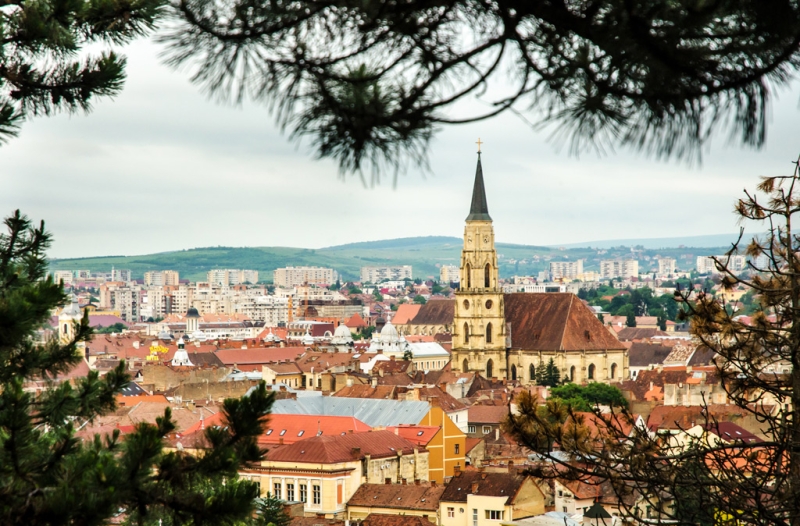
Author: Anastasia Ryabtseva
Cluj-Napoca (on the map) is an amazing city located in the north-west of Romania. It is the second largest city after Bucharest and at the same time the capital of Transylvania – the birthplace of Count Dracula.
The second part of the city’s name – “Napoca” – is very ancient. At the beginning of the 2nd century, the Roman Emperor Trajan founded the base of the Roman legion on this site, calling it by this name. During the Great Migration, Napoca was destroyed, but the Romance-speaking culture in the vicinity of the city was preserved. In the 13th century, Transylvania was conquered by the Hungarians, and the city received the Hungarian name “Cluj”. Cluj (from the Latin “clivus”) translates as “hill” or “slope”. And this is no coincidence. The local landscape is hilly and this makes the city especially picturesque. At the end of the 20th century, it was decided to combine the two names: this is how “Cluj-Napoca” turned out, but locals, as a rule, call their hometown simply “Cluj”.
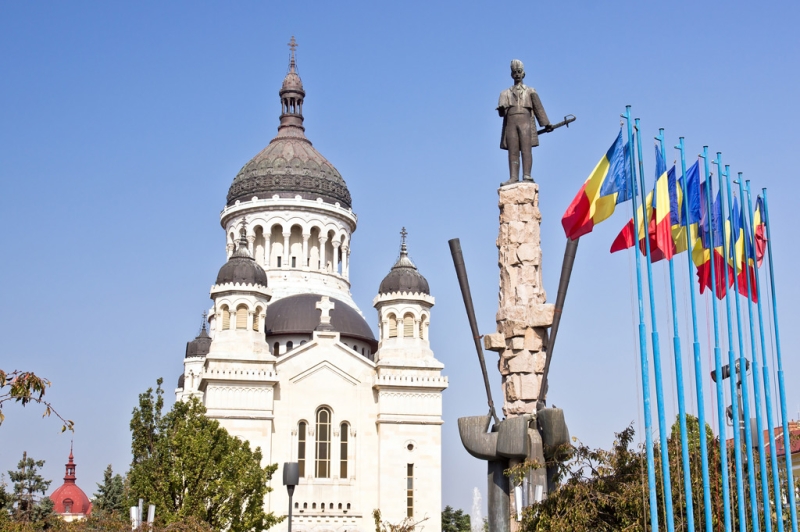
Cluj has a very long history. It was part of the Kingdom of Hungary, Austria-Hungary, Hungary and Romania. Gothic cathedrals, baroque and neoclassical mansions coexist perfectly with the socialist heritage and modern art nouveau. We have selected some of the places in
Cluj, which are worth visiting.
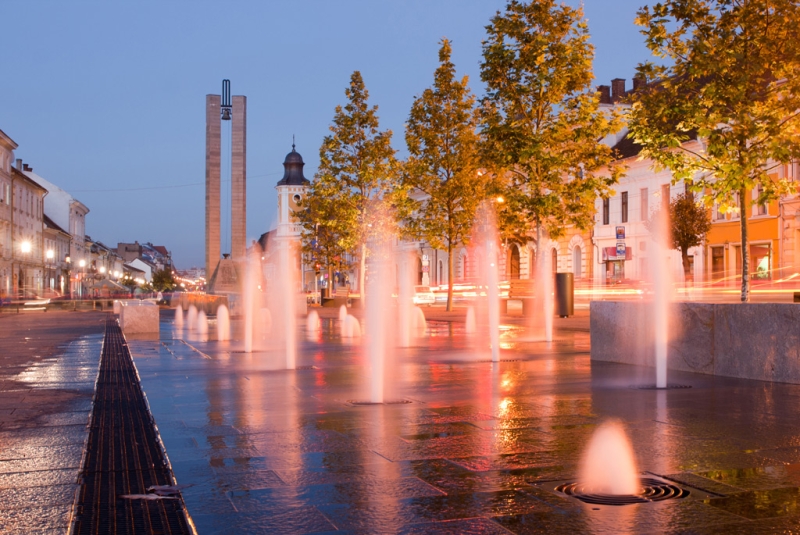
Unity Area
The main city square is surrounded by buildings built in a variety of styles: from Baroque and Gothic to Renaissance and neoclassical. Here you can see the monument to the Hungarian king Matej Corvinus, as well as the famous Church of St. Michael, Banffy Palace and the Continental Hotel. During World War II, this hotel was the Transylvanian headquarters of the German forces. On the other side of the square is the Hinz House, which housed the first pharmacy in Cluj (1573-1949): now there is the Pharmacy Museum. Around the square there are restaurants, cafes and bakeries for every taste.
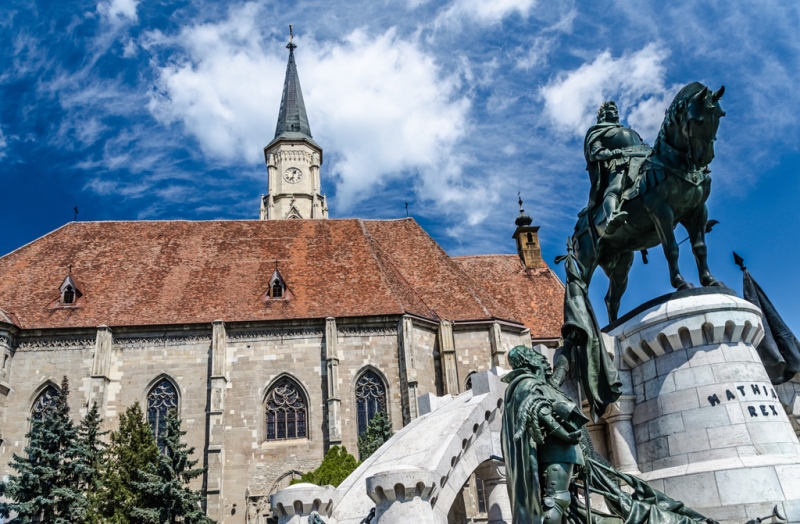
St. Michael’s Church
The most beautiful Gothic temple in Transylvania was built between 1350 and 1487 on the site of the former Chapel of St. James. After this, the church was completed – in 1860 a tower in the neo-Gothic style was added to it. The Church of St. Michael is a real treasure of Cluj. Its stained glass windows and sculptures are truly impressive. And during the restoration, frescoes from the early 15th century were discovered there.
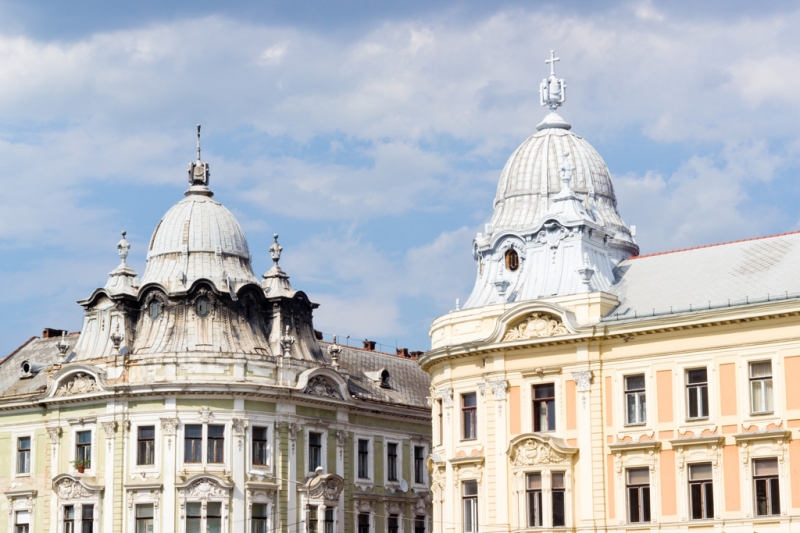
Banffy Palace, also known as the National Museum of Art
The Baroque palace was designed and built in 1775 by the German architect Johann Eberhard Vlaumann for the governor of Banffy, Giorgi. The National Museum of Art was opened here in 1951. The 22 halls of the palace house art objects, sculptures and paintings. The museum has an excellent collection of works by Romanian artists, the most famous of which are Nicolae Grigorescu, Theodore Aman and Theodore Pallady.

Fortress Hill
The meeting place of Cluj’s youth and at the same time the most romantic and mysterious place in the city is Fortress Hill. From here you have a beautiful view of the city and the surrounding hills. The name of the hill goes back to the Austrian fortress, which was built here in the 18th century. The fortress was also used as a prison. For example, Stefan Ludwig Roth, hero of the Transylvanian Saxons (1848),
was imprisoned in it
who was accused of treason and executed.
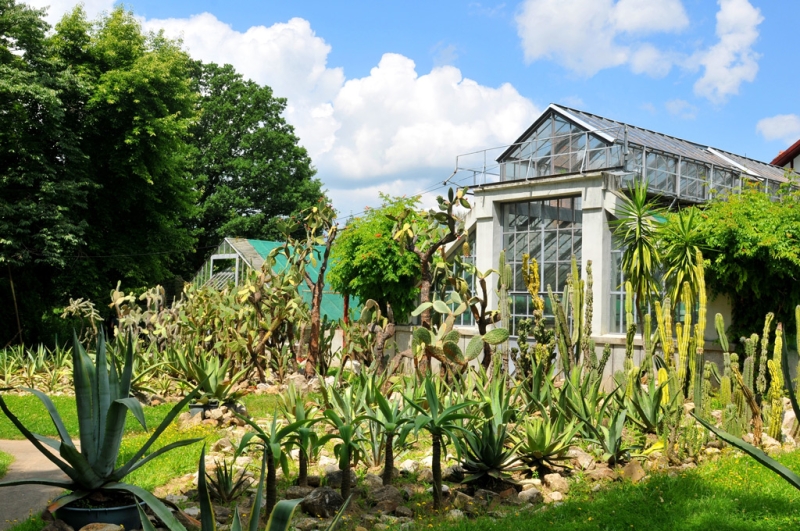
Alexandru Borza Botanical Garden
One of the largest botanical gardens in southeastern Europe, cozy and picturesque, it houses about 10,000 plant species. There is a museum and several greenhouses with desert and tropical plants. The most famous exhibits of the garden are huge Amazonian water lilies and a Roman garden with archaeological relics from the times of the mentioned Roman colony of Napoca.
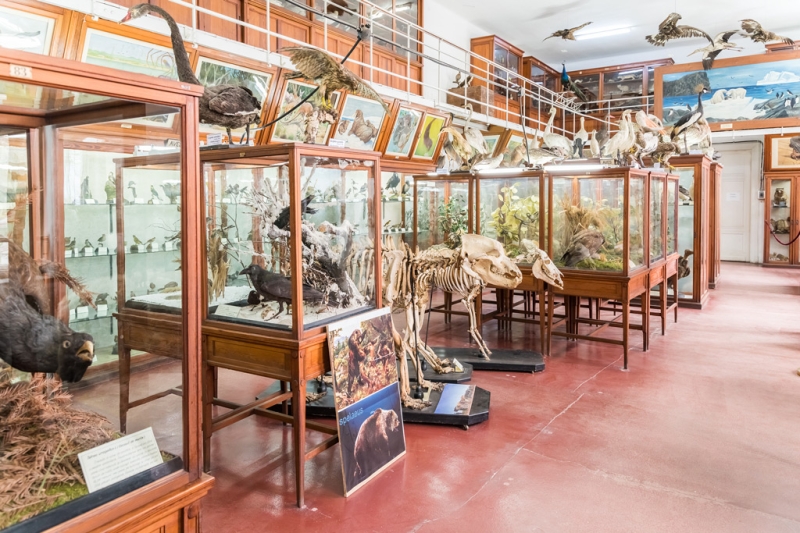
Emil Rakovita Museum and National Museum of the History of Transylvania
The Emil Rakovita Museum is a completely unique museum in Europe. It features the extensive collection of Emil Racovita (1868-1947), the famous Romanian biologist who founded the Institute of Speleology of Romania in 1920. He explored the caves of Romania and collected various fossils that preserved the imprints of animals that died thousands of years ago.
And the National Museum of the History of Transylvania presents the history of the region since the Paleolithic era. The museum has 400,000 exhibits. You can safely set aside a whole day for at least a superficial acquaintance with them.
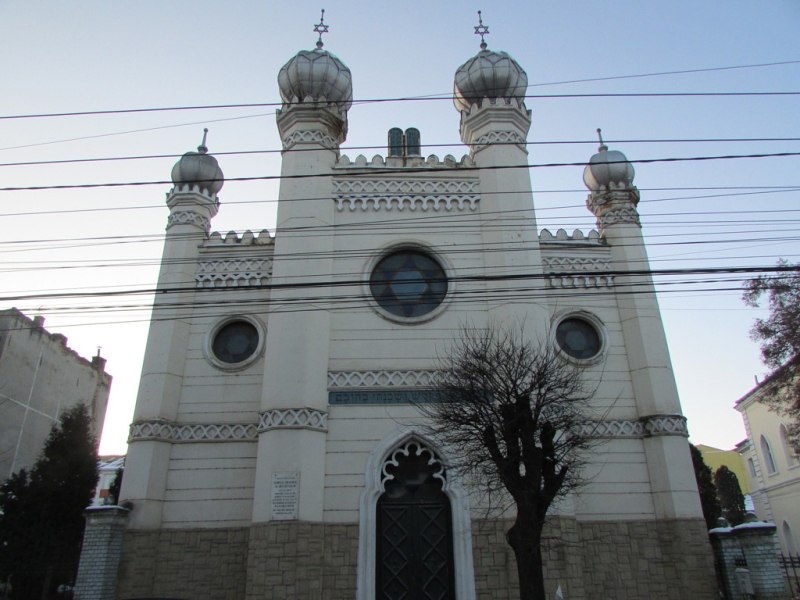
New Synagogue
The majestic Moorish-style synagogue is known today as the Memorial Temple of the Deportees (in memory of the Jews of Romania who suffered during the Holocaust). It was designed by Gegner Isidor and opened on September 4, 1887. Just 40 years later, the synagogue was destroyed by the national fascist organization “Iron Guard”. The synagogue was restored in 1951.
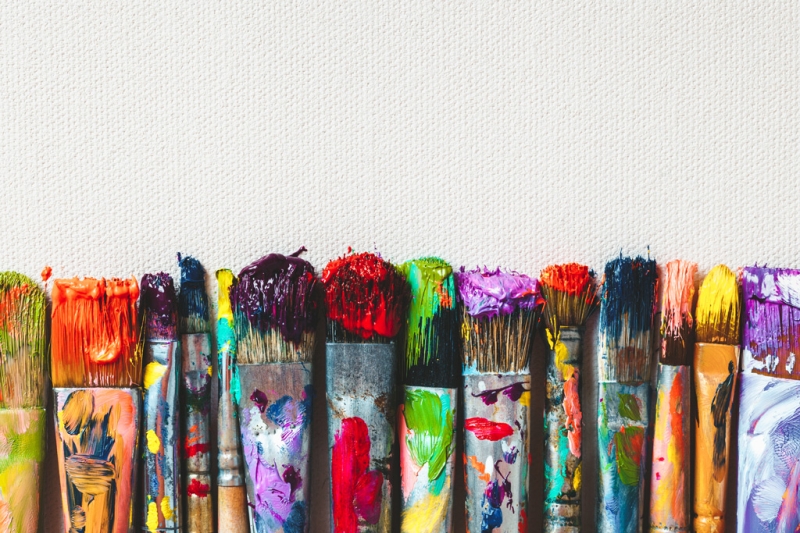
Fabrica de Pensule or Brush Factory
Formerly a brush production factory, and now the center of the city’s artistic life. It houses galleries of Romanian artists and also hosts performances and concerts. If you want to see what modern Cluj breathes and inspires, then this is the best place to feel the spirit of the city’s young residents and bohemians. And besides, Fabrica de Pensule is an excellent example of the transformation of an industrial building into a cultural center.
Searching for a hotel, booking a room and paying will not take much time if you do it on the website or in the OneTwoTrip application.
Take a look at this:
6 colorful adventures for a weekend in Europe
25 reasons to travel right now

